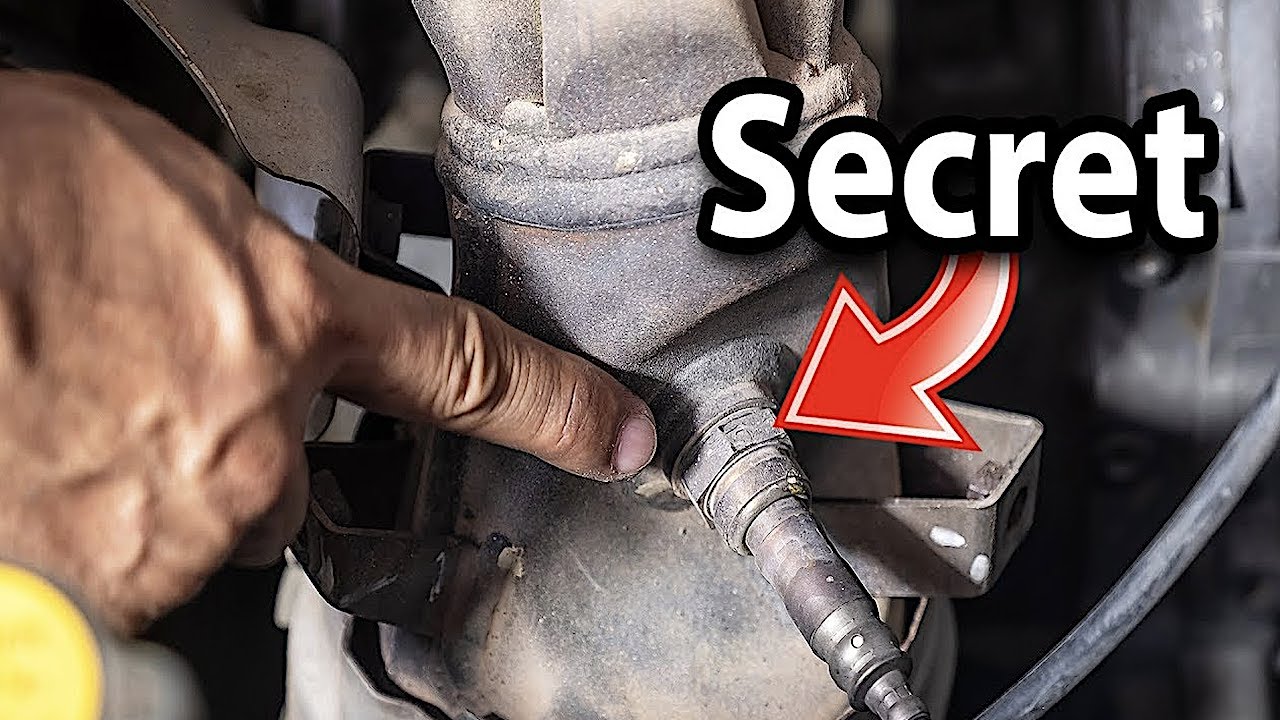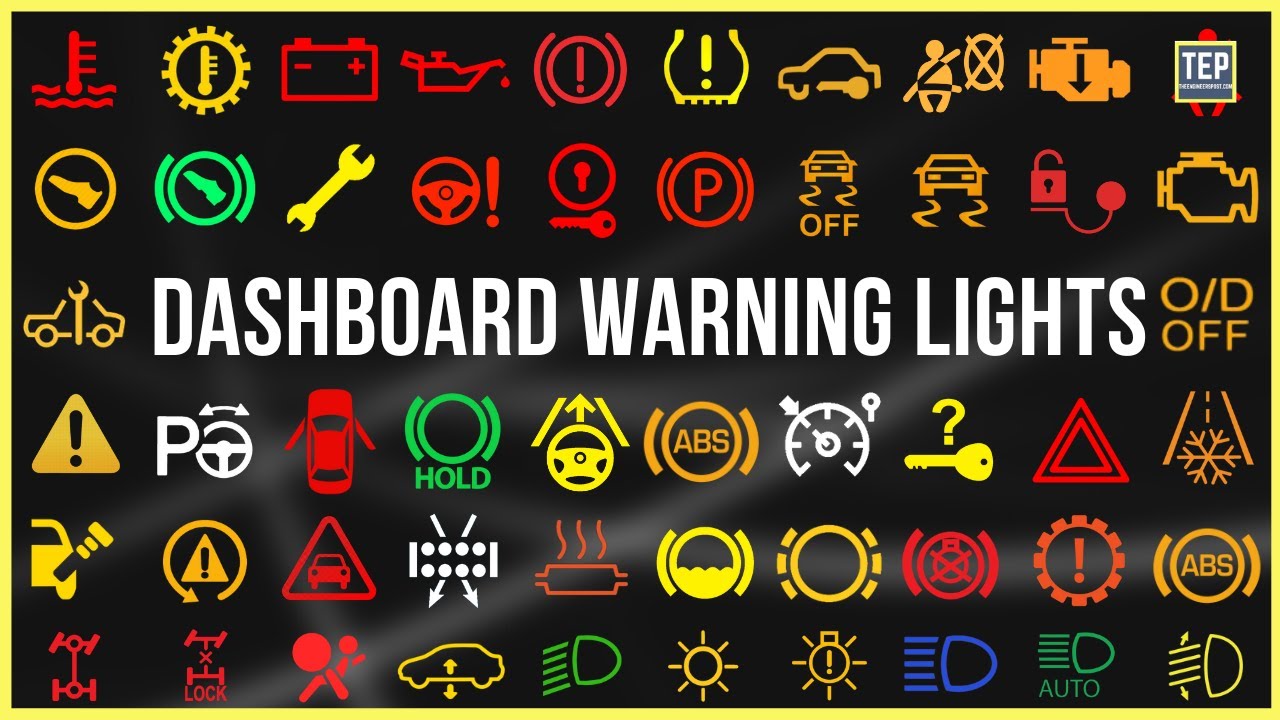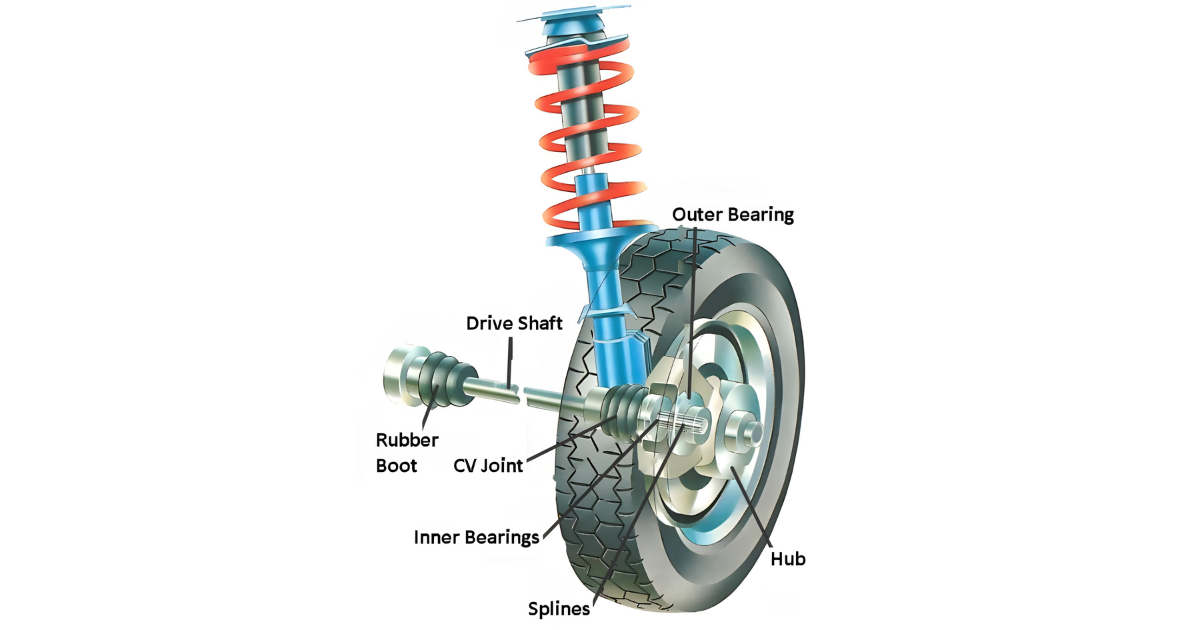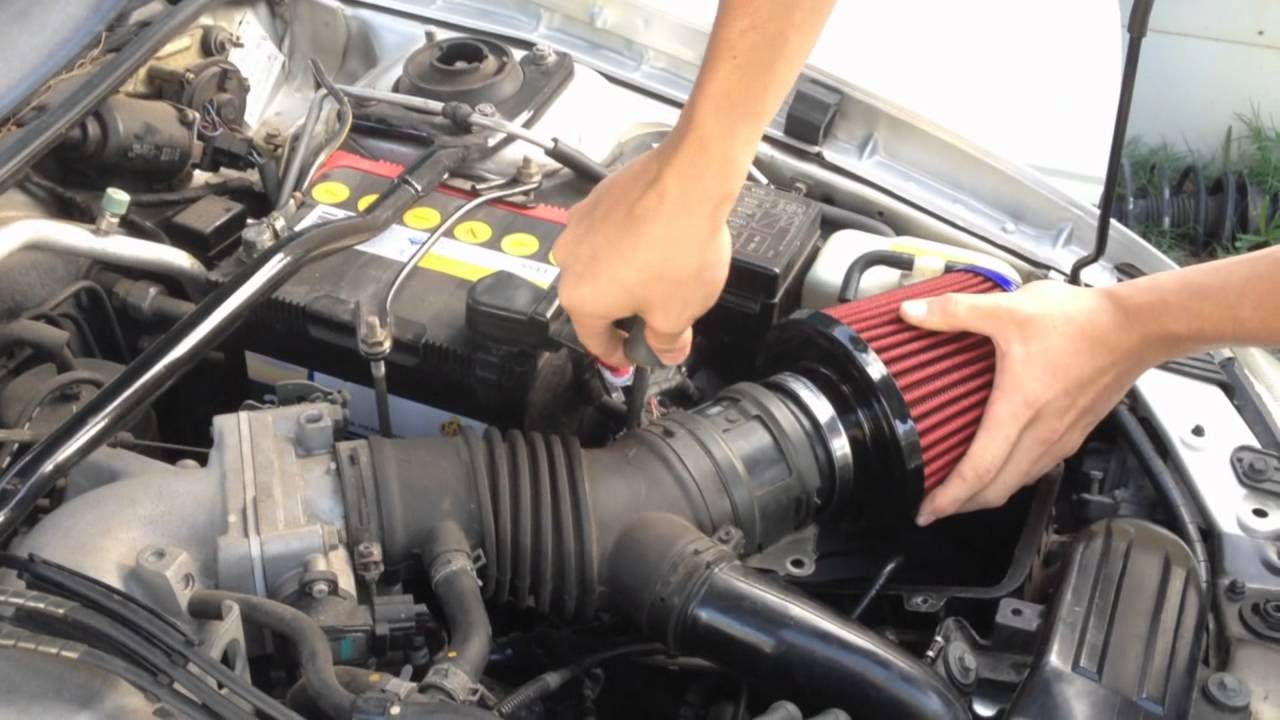Tuning your car is a process of modifying its engine parameters to optimize its performance. This can involve adjusting the air-fuel ratio, ignition timing, or even modifying the engine’s software. While the concept of tuning may seem complex, it’s actually quite simple.
In this article, we’ll explore the basics of car tuning, including the history of tuning, the importance of air-fuel ratio, and the various methods of tuning.
The History of Car Tuning

Car tuning has a long history, dating back to the early days of the automobile. In the early 20th century, car manufacturers began to experiment with different engine designs and configurations to improve performance. One of the first forms of tuning was the use of carburetors to control the air-fuel mixture. These devices were simple to adjust but not very efficient.
Fuel injection was invented in the 1950s as a more efficient way to deliver fuel to the engine. This technology allowed for better combustion and less unburned fuel. Electronic fuel injection (EFI) was developed in the 1980s, using sensors to measure various factors and adjust the fuel ratio accordingly. These systems were stored as “maps” or “tunes.”
Today, tuning is done digitally through the OBD (On-Board Diagnostics) port. This port allows for the reading and writing of data to and from the ECU (Engine Control Unit). Home-brewed engine remapping software is available for the tech-savvy to modify their car’s performance.
“Car manufacturers typically tune engines to operate at an air-fuel ratio of 14.7:1, striking a balance between fuel economy and emissions. However, enthusiasts have long recognized that deviating from this ratio, aiming for a richer mixture closer to 12:1, can unlock maximum power output”.
This fundamental understanding sets the stage for modifications aimed at optimizing engine performance beyond factory settings.
Modern Car Tuning: Evolution of Engine Technology
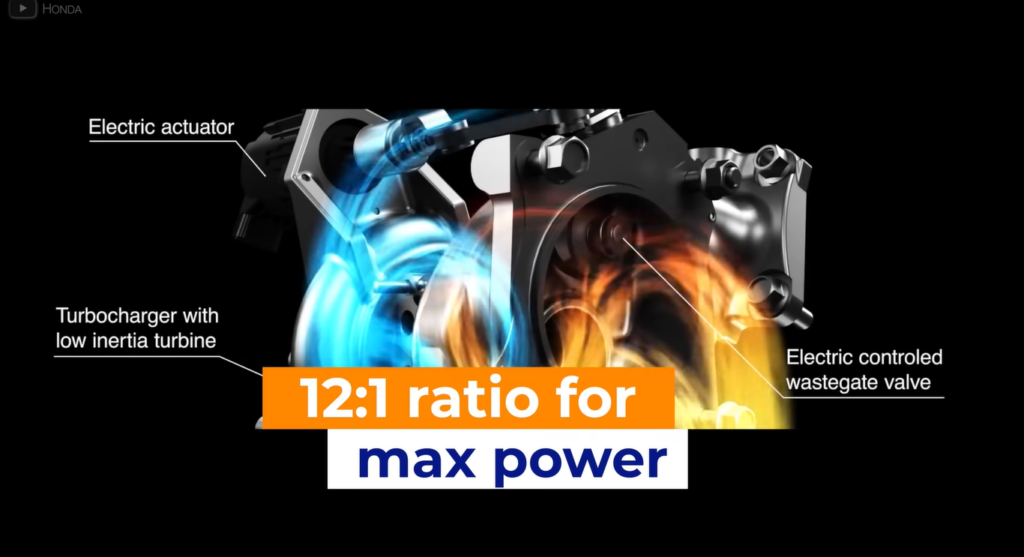
The evolution of engine technology has played a pivotal role in the development of illegal car mods. Traditional carburetors, once prevalent in older vehicles, have largely been replaced by fuel injection systems.
Fuel injection offers better fuel distribution and combustion, leading to improved efficiency and performance. Moreover, electronic fuel injection systems leverage sensors and computer control to dynamically adjust fuel ratios based on various factors such as temperature, speed, and engine load.
Modern cars have multiple ECUs that control various electrical systems or subsystems. Tuning a car used to be mechanical, but now it’s done digitally through the OBD port. This allows for more precise control over the engine’s parameters.
Home-brewed engine remapping software is available for the tech-savvy to modify their car’s performance. This software can be used to adjust the air-fuel ratio, ignition timing, or even modify the engine’s software.
The Role of Electronic Control Units (ECUs)
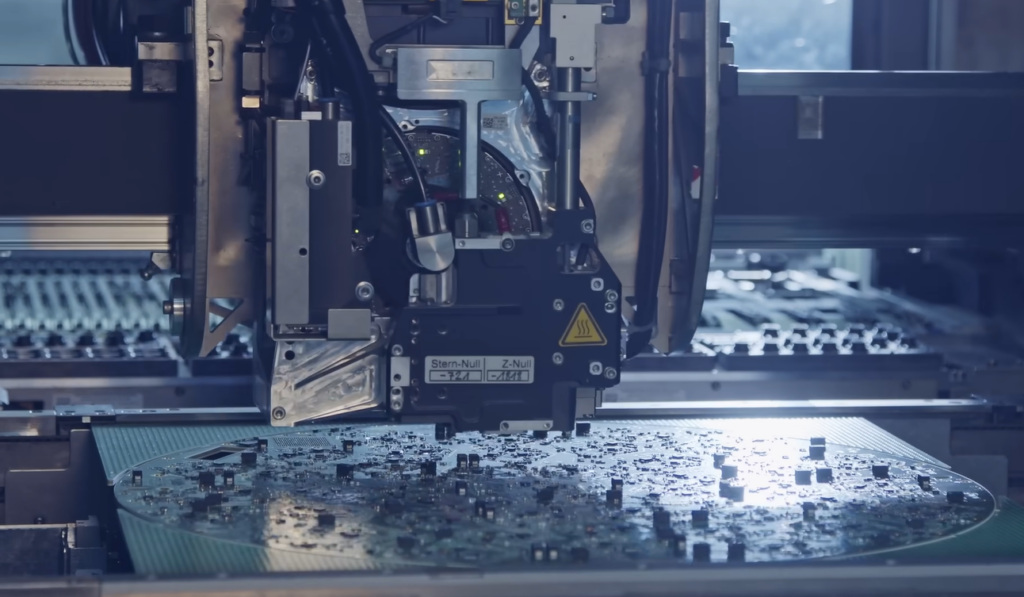
Modern automobiles are equipped with multiple electronic control units (ECUs) that manage different systems within the vehicle. These ECUs communicate via Controller Area Network (CAN), providing tuners with ample opportunities to tweak engine parameters for enhanced performance.
Additionally, the On-Board Diagnostics (OBD) port, intended for diagnostics and tuning, serves as a gateway to the car’s computer system, enabling adjustments to the ECU’s programming.
Risks and Repercussions
Engaging in illegal car mods comes with significant risks and repercussions. Tuning requires precision, as improper changes can lead to catastrophic engine damage, void warranties, increase fuel consumption, and even violate emissions regulations.
Professional Tuners and Insurance Companies
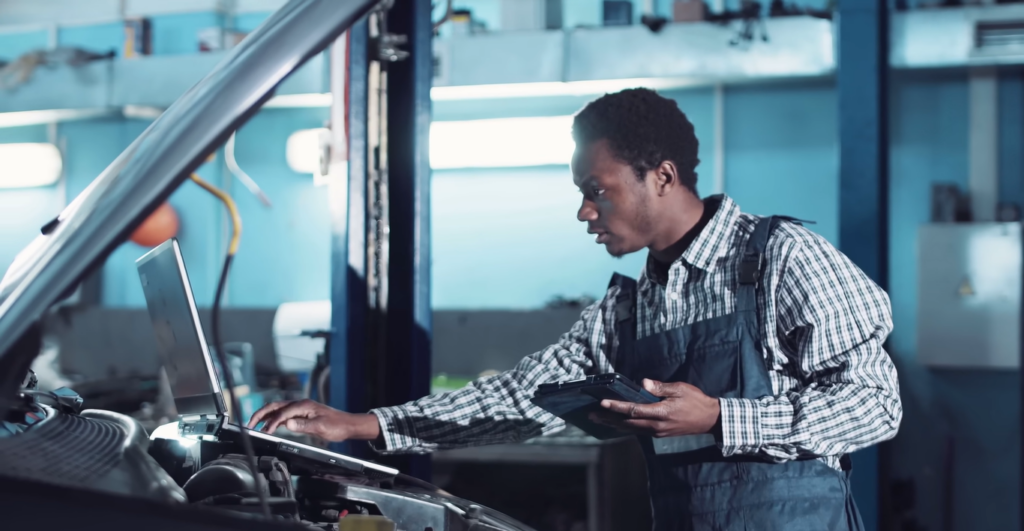
Professional tuners can tune your car, with options for sending your ECU file to a tuning company for re-tuning. These tuners have the necessary knowledge and equipment to accurately adjust your car’s parameters.
Insurance companies and other businesses can use the OBD port to analyze driving habits and provide feedback or discounts. This can be particularly useful for insurance companies, as it allows them to assess the risk associated with a driver’s driving habits.
Security Concerns with Plug-In Dongles
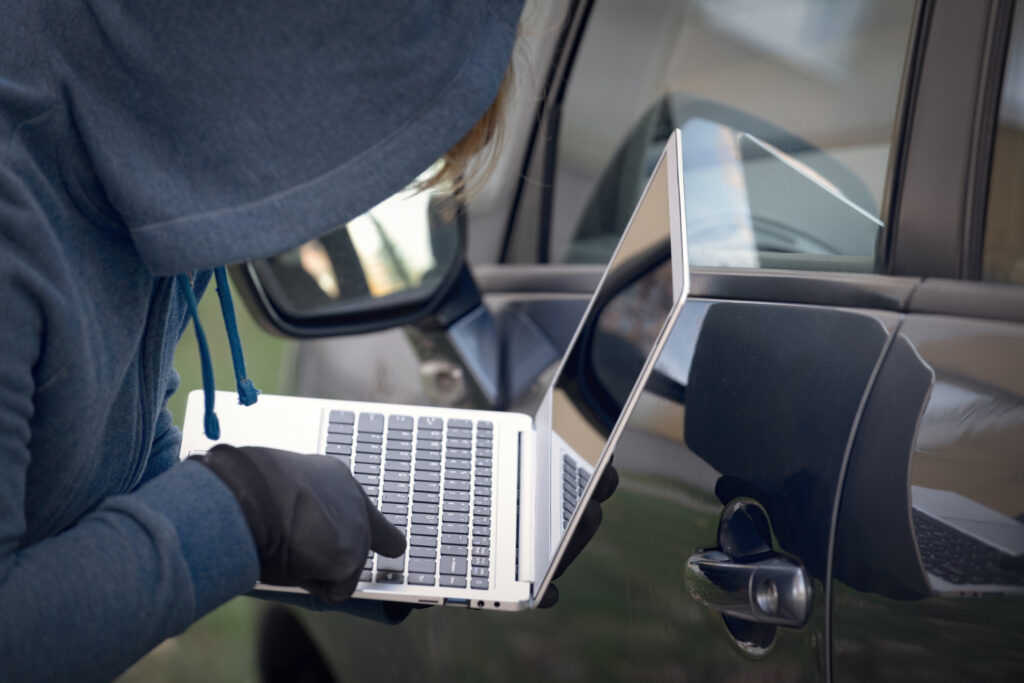
One area of concern within the tuning community is the use of plug-in dongles that connect to the OBD port for purposes such as insurance analysis or monitoring driving habits.
While these devices offer convenience and valuable insights, they also present security risks. Hackers could exploit vulnerabilities in the vehicle’s systems through these dongles, potentially compromising vehicle safety.
Regulatory Response and Enforcement
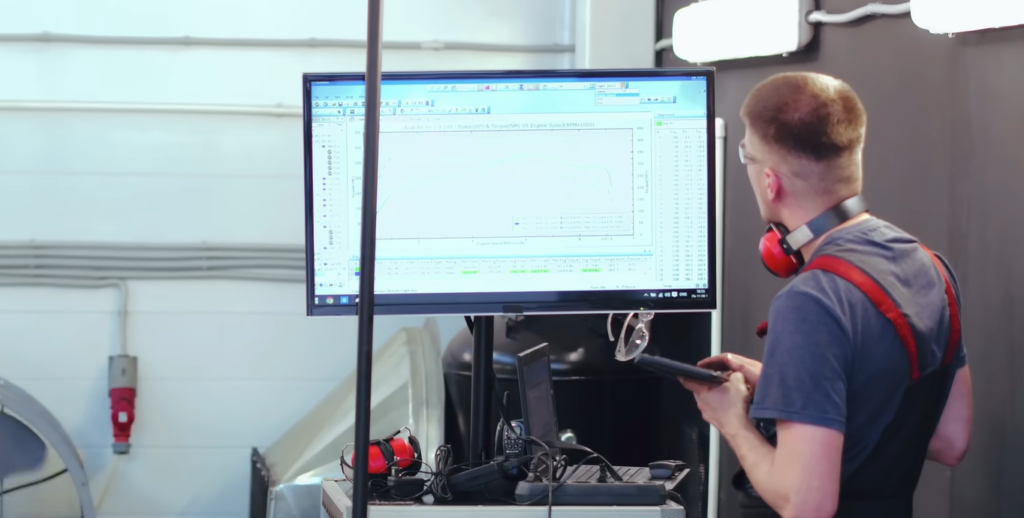
In response to the growing concerns surrounding illegal car mods, authorities have ramped up enforcement efforts and implemented stricter regulations. Law enforcement agencies are cracking down on street racing and illegal modifications, imposing hefty fines and penalties on offenders.
Conclusion
In conclusion, tuning your car is a complex but rewarding process. By understanding the importance of the air-fuel ratio and the various methods of tuning, you can make informed decisions about how to modify your car’s performance.
Remember to always consult a professional tuner or technician before attempting any tuning, as it’s important to ensure safety and proper maintenance.


